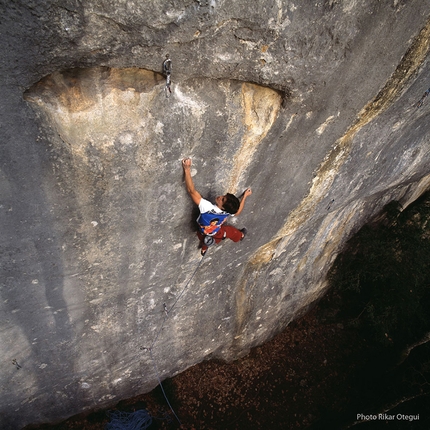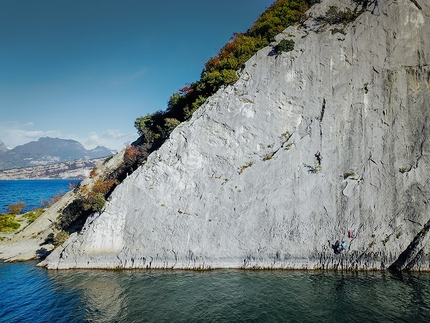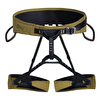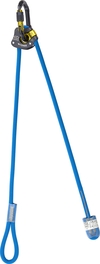Barbara Zangerl and the invisible bond of a climbing partnership

 1 / 36
1 / 36 Barbara Zangerl
Barbara Zangerl
In the third article of the 'Learn to Climb with Vibram' project to celebrate climbing yesterday, today and tomorrow, we wanted to find out more about the bond that is created with a climbing partner, at the crag, up in the mountains, when out bouldering. And Barbara Zangerl, with all her vast experience, seemed like an excellent candidate to share some insight.
Babsi is one of the most versatile climbers of her generation. She has redpointed 9a and onsighted 8b at the crag. Sent 8B boulder. Climbed trad up to E10. Repeated many of the hardest multi-pitch routes across the Alps, as well as a staggering 5 big walls free on El Capitan in Yosemite. In short, she’s got a resume that few climbers even aspire to. The vast majority of these routes were sent with her climbing partner par excellence, Jacopo Larcher, who also happens to be the life partner of the 33-year-old Austrian.
First off, what springs to mind with the term climbing partnership?
I think a climbing partnership represents a connection between two people who trust one another. Climbing together, tied to the same rope, means trusting each other and taking care of each other. It implies feeling responsible for and sharing an adventure with someone you like.
A climbing partnership in the mountains?
Climbing in the mountains or on a bigwall is all about teamwork, and it works best if you know each other really well. The better you know somebody, the better you work as a team. You push each other to give it your very best; in the end you succeed or you fail, but what is really important is that you learn from these experiences. This can result in great adventures, and also deep, long-lasting friendships.
At the crag? When bouldering?
One of the great things about climbing is that you can share everything with a friend, a climbing partner or even as in my case a life partner. Sharing the excitement, beta, lunch breaks, ups and downs, motivation, great views, fear… sharing all these aspect with others makes things far more enjoyable to me. This also holds true for bouldering; it is way more fun to climb together with friends compared to climbing alone. Yeah, for me it would be pretty boring without anyone by my side!
So tell us about partner dynamics. How are decisions made on the wall?
Usually we decide together about the plans we have on the wall. This works great. There are no arguments about strategies, or about who has to do what, I think we work great as a team really, it’s all pretty balanced.
The only discussions we have are about how to organise the haulbags and how to put up the protaledge, these things can bother us a lot. Jacopo is meticulously organised on the wall, especially when it comes down to packing the haulbag. While at home he’s the exact opposite :-) I’m certainly less organised than he is, and I also love to hang stuff on the outside of the haulbag. This can get him pretty annoyed, especially if I drop something. Which happens every now and then…
Leader or second?
Jacopo and I mostly swing leads on easier pitches and then we both lead the harder ones. If nobody wants to start then we play rock paper scissors. The loser starts ;-)
As you mentioned, you’re not just climbing partners, but also life partners… Tell us about the positive aspects. And what about any negative aspects?
Sharing a passion with someone you love is one of the coolest things in life. But of course for us it is also a job, doing events, projects and slideshows together as a couple. We spend most of our time together and really enjoy it, but of course there are moments we need some time off. Going on separate holidays is a good solution. And of course, Jacopo works as route setter and I work in the hospital, and this acts as a great balance for our relationship, too. As to the negative aspects: you feel responsible for each other, far more than when you’re just friends. This can add some extra anxiety if there are dangerous situations.
What about the good and bad things when always climbing with the same partner?
Mostly we push and support each other to give our absolute best, which is something very positive I’d say. And also there is nobody else I’d trust as much on a big wall as Jacopo. With him I definitely feel less scared and I probably also take bigger risks. I know he always gives me soft, dynamic belays and so far I’ve never been injured while falling. The bad things? We have different bodies and sizes so sharing beta isn’t always easy. And he is also a lot stronger than I am. That’s why I really enjoy climbing with other women, as often it’s easier to work out our beta for a route or boulder problem.
You are both extremely strong. Is there "competition" between you? Or just complicity?
I personally don’t really feel any competition between us. usually Jacopo sends the routes, especially the sport climbs, far quicker than I do. Were I to be competitive, then it would be quite frustrating almost all of the time! If though the opposite happens - which is unusual but not impossible - then he gets an extra boost; let’s just say that can make him a bit nervous!
How do you choose common goals? And do your expectations ever diverge?
Yes, in sport climbing we often have different goals as Jacopo usually chooses the harder routes. But when it comes to big walls, then we’re on the same wavelength. Even if at first he isn’t motivated by my ideas, it’s actually quite easy to convince him. Expect for Madagascar, where I really want to try the big walls in the Tsaranoro massif, but Jacopo reckons its far too hot and slabby! Having said that, we’re almost always psyched by the same goals.
We know a lot about your successes. Little about your failures. Do you ever retreat while in the mountains? And what do these "failures" give you?
Yes, often there are failures. For example on Bellavista at the Tre Cime di Lavaredo in the Dolomites, where I was very scared about climbing through the big roof on Cima Ovest. I turned around a couple of times where the hard part starts because it was slippery and scary at the same time, and I simply didn’t want to fall. If you fall there, you need jumars to get back onto the wall while you swing around wildly, high up off the ground, with all that exposure below you. It was hard to have fun and just focus on the climbing. As soon I was on the ground again, I got pretty frustrated and I questioned my motifs and eventually found the right psyche to try again, fall again and again, until I finally succeeded on the route. Another example was Cobra Crack at Squamish, it felt hard and painful and I didn’t feel like I was improving much. In the end my index finger went numb and I gave up on this one. But that’s part of the game. On the Eiger, during our first try at climbing Odyssee in a day, we suddenly found ourselves in a big thunderstorm. It was really scary up there. This was probably the wildest situation I've ever had in climbing but luckily everything turned out fine. We bailed and a few hours later we were safely back at the bivi. This was a very intense experience, failing so close, just two pitches below the top. But it didn’t feel like failure, rather, a very unlucky situation. We’d taken too many risks with the weather and had to deal with it. At the end of the day these are the moments you will never forget and probably the one you learn most from. It certainly helped us a few days later get Odyssee done in a single day.
Let’s put your personal situation to one side for a second. What makes a good climbing partner?
A climbing partner should take care of the other climber, belay carefully, cheer at the just the right time, be motivated and fun. And should always bring a delicious snack to share on the wall. That in my mind makes a perfect climbing partner!
Link: eu.vibram.com/en/learn-to-climb-with-vibram/



 Copia link
Copia link

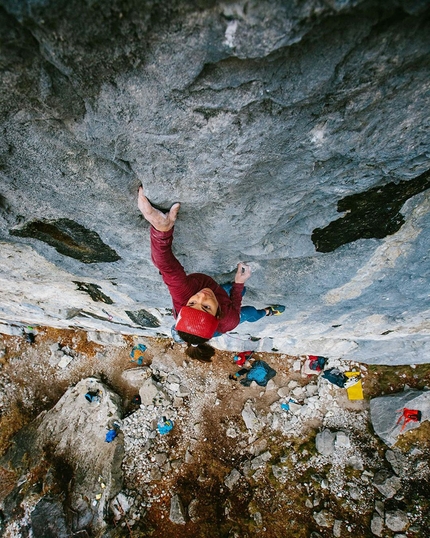
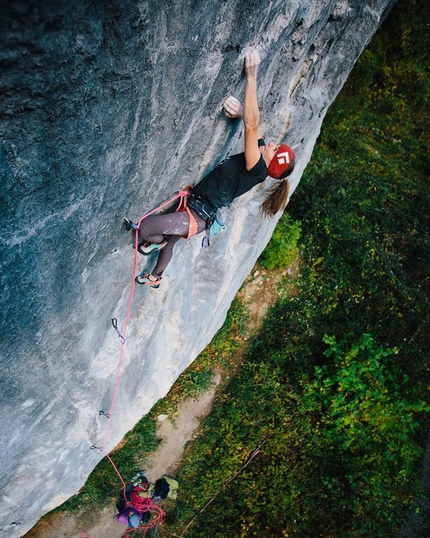
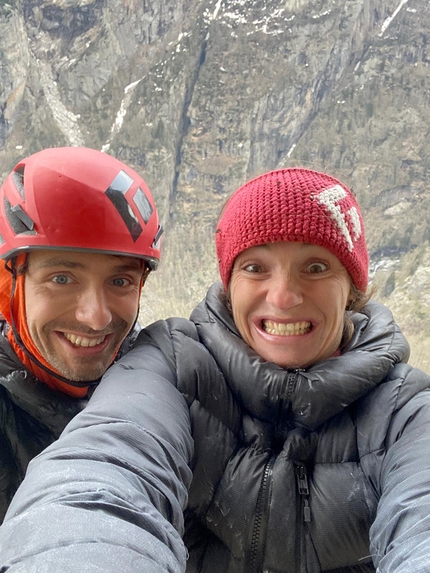
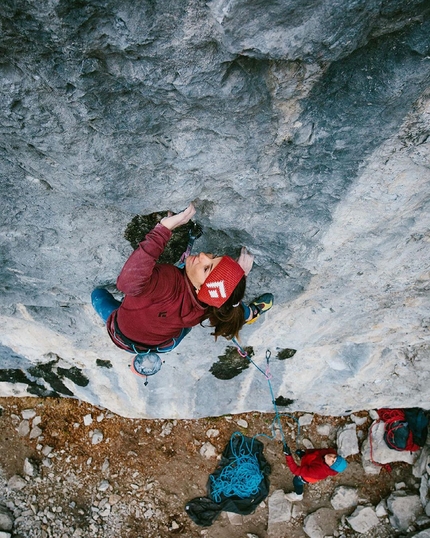
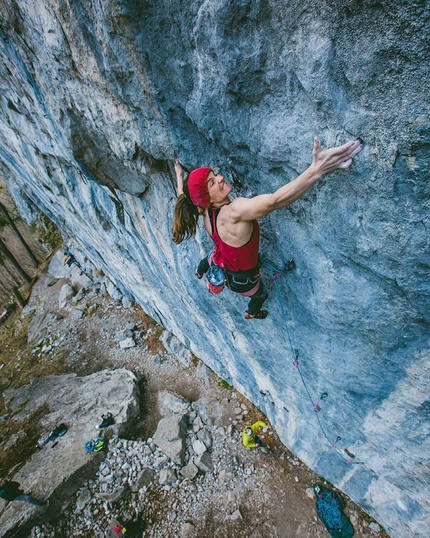
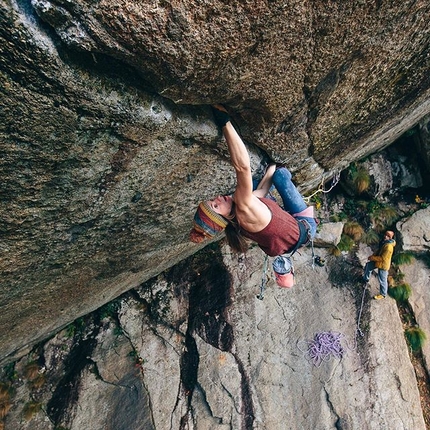
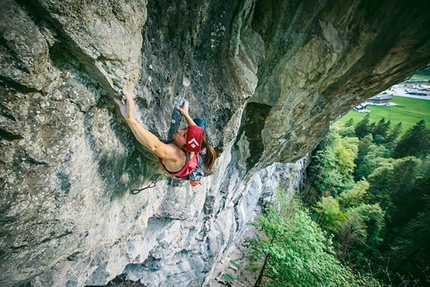
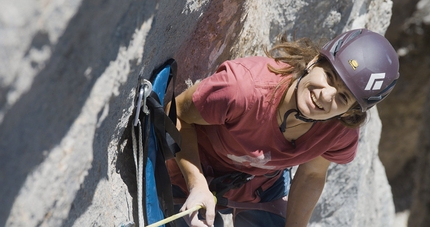
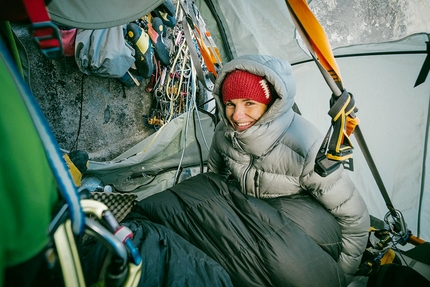
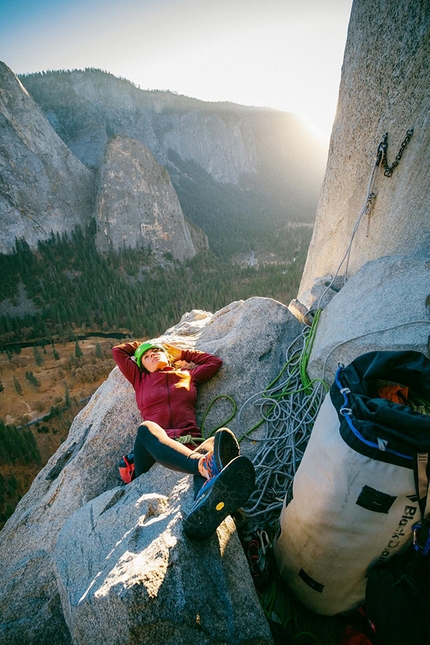
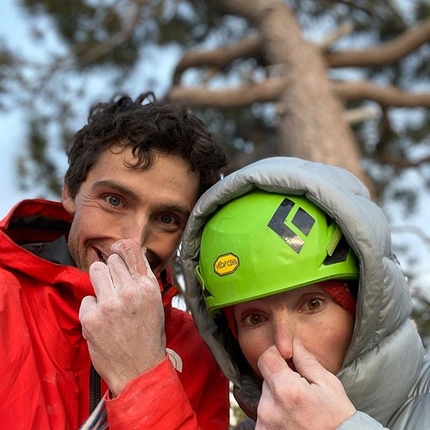
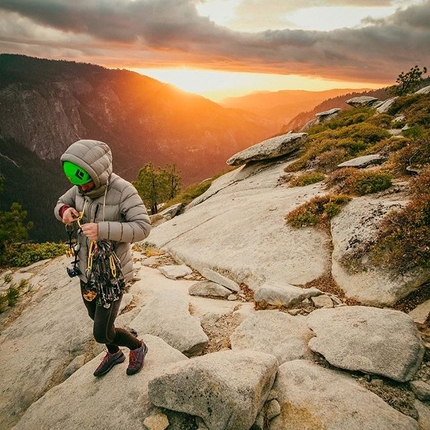
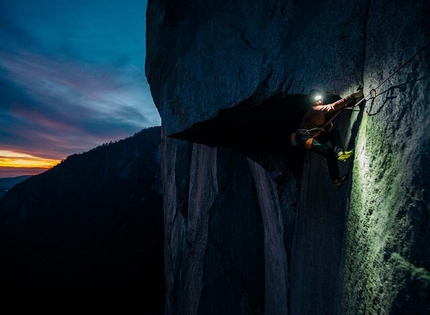
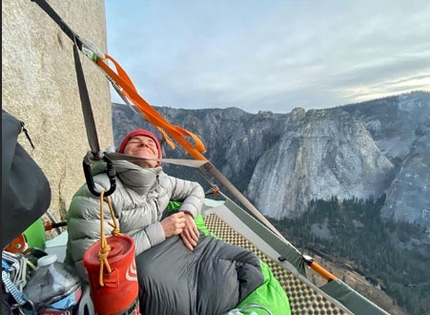
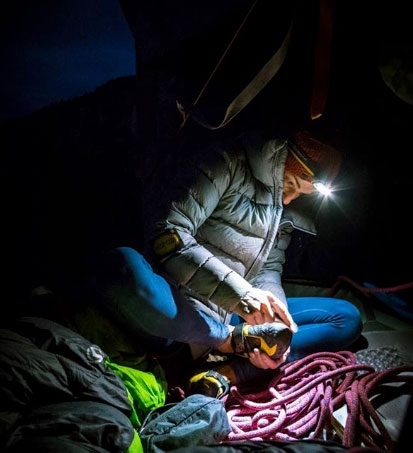
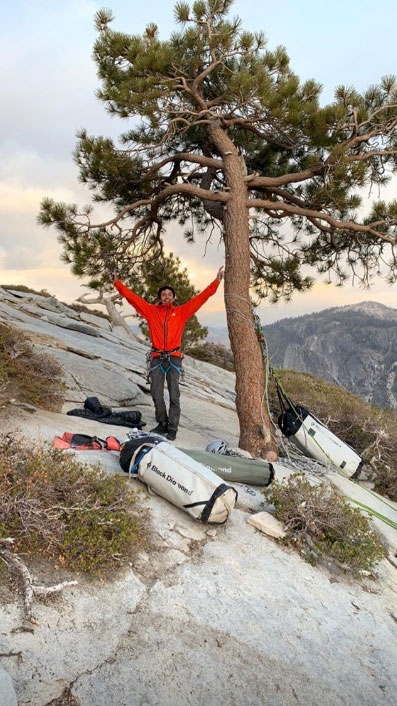
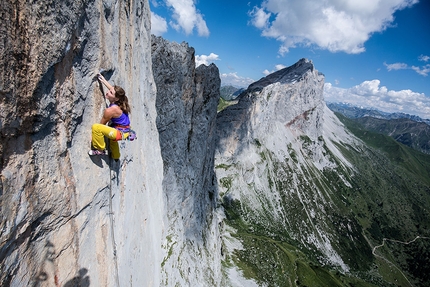
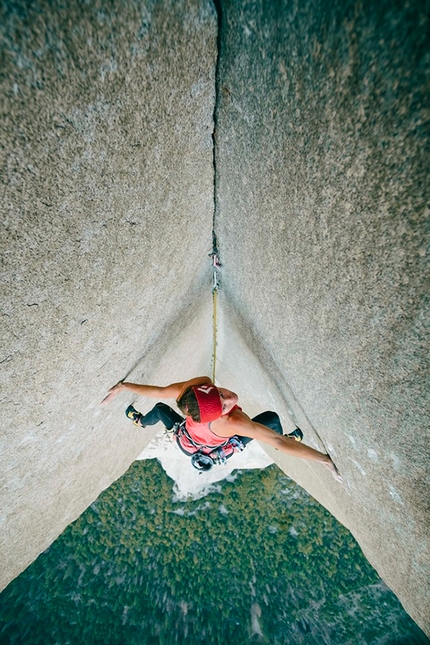
 See all photos
See all photos